Video of the Week:
Cuttings to Grow Inside for the Winter
Turfgrass:
Lawn Seeding Deadline Nears
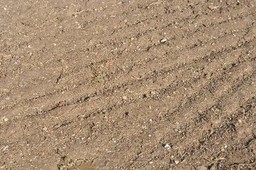
Seedings done after the cut-off date can be successful, but the success rate goes down the later the planting date. Late plantings that fail are usually not killed by cold temperatures but rather desiccation. The freezing and thawing of soils heave poorly rooted grass plants out of the ground, which then dry and die. Keeping plants watered will help maximize root growth before freezing weather arrives. (Ward Upham)
Vegetables:
Harvesting Sweet Potatoes
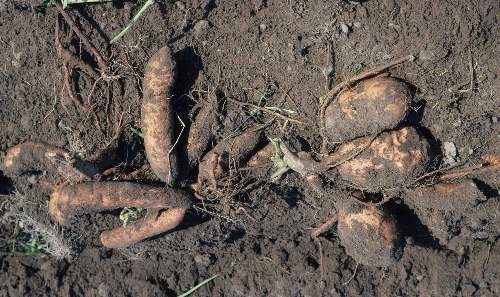
Sweet potatoes should be cured after being dug. The digging process often damages the tender skin, and curing helps these small wounds heal. Place the roots in a warm, humid location for 5 to 10 days immediately after digging. A location with a temperature around 85 to 90 degrees is ideal. A space heater can be used to heat a small room or other area. Raise the humidity by placing moist towels in the room. The curing process not only heals wounds but also helps convert starches to sugars. This process improves the texture and flavor of the roots.
Sweet potatoes should be stored above 55 degrees. Storage at temperatures below that injures the roots, shortens storage life and gives them an off flavor. (Ward Upham)
Ornamental Sweet Potatoes
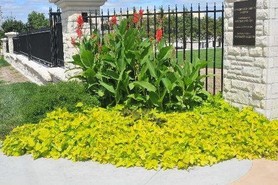
Flowers:
Reblooming Christmas and Thanksgiving Cacti
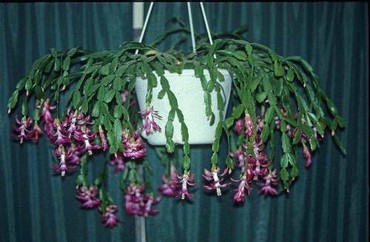
Flowering will not occur unless induced by temperature and light treatment. If the temperature is held at 50 to 55 degrees F, flowering will occur regardless of day length. But flowering usually is not uniform. Temperatures below 50 degrees F prevent flowering. Nights greater than 12 hours long and temperatures between 59 and 69 degrees also can generate flowers. Twenty-five consecutive long nights is enough for flower initiation. Nights will naturally become greater than 12 hours close to the fall equinox, which is on September 23 this year. A plant receiving natural sunlight but no artificial light during night hours, will have this 25-day requirement met about October 20. It takes an additional nine to 10 weeks for flowers to complete development and bloom. Both of these cacti like bright indirect light. Too much sun may cause leaves to turn yellow.
Common household temperatures are fine. Keep soil constantly moist but not waterlogged. These plants seem to flower best if kept a little pot bound. If you need to repot, try waiting until spring. (Ward Upham)
Pests:
Mimosa Webworm
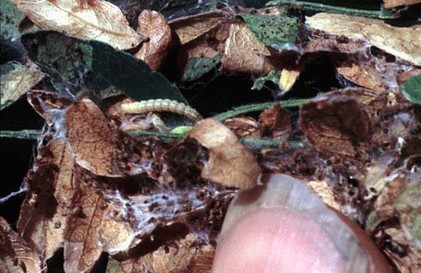
The caterpillar webs leaves together on the ends of branches. Webbing typically starts at the tops of trees and serves to protect caterpillars from natural enemies (parasitoids and predators) and insecticide spray applications. Heavily-infested trees are brown or scorched in appearance as the caterpillars skeletonize the leaf tissue. Caterpillars eventually fall from trees on a silken strand before pupating. Mimosa webworm pupates in bark crevices or pupae will be glued to structures (e.g. building). In regards to controlling mimosa webworm infestations, it may be too late although initial damage may be minimal. Insecticides that maybe used to suppress mimosa webworm populations, in which the caterpillars are exposed, include: acephate (Orthene), Bacillus thuringiensis subs. kurstaki (Dipel), spinosad (Conserve), carbaryl (Sevin), and several pyrethroid-based insecticides (e.g. bifenthrin and cyfluthrin). Read the label of each product to ensure that“webworms” are listed on the label. High-volume spray applications are essential in order to contact the caterpillars inside the protective webbing. If trees are already heavily-infested with webbing then it may be too late to apply an insecticide. If possible, selective pruning can quickly remove isolated or localized infestations of mimosa webworm. (Raymond Cloyd)
Contributors: Raymond Cloyd, Entomologist; Ward Upham, Extension Associate
 RSS Feed
RSS Feed
